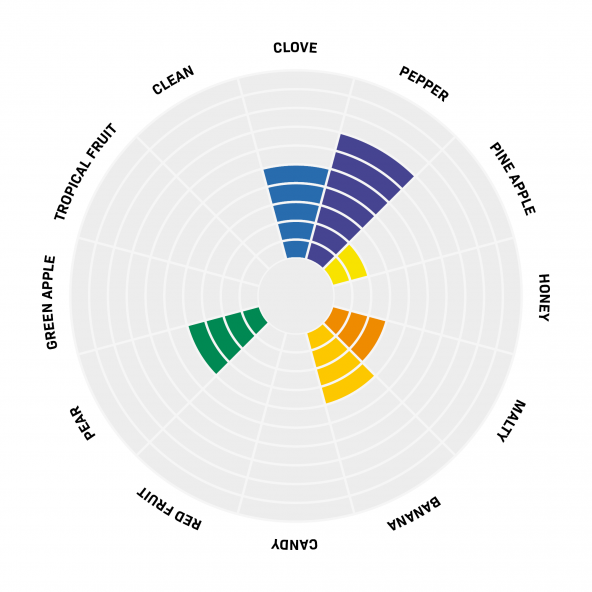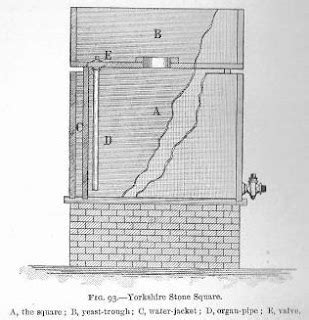What kind of brewing yeast (brand, name, strains, etc.) were they?
Without any yeast
strain indication, it's just a generic yeast. Now baker's yeast can very well be brewers yeast, breweries produce tons of it, along with beer. Why waste it?

They may use for baking whatever is commonly available.
I have noticed that my (brewing) yeasts becomes less flocculent and slower clearing with repeated repitchings (or higher generations made from starters). In baking that's never an issue, but in beer it is.
Exactly!
The majority of baker's yeast usually flocculates out after a few weeks, but the fermented products stay very hazy, almost forever. It takes months at near freezing temps to get it acceptably clear even with gelatin. Far slower than any Pilsners I've done.
So baker's yeasts are not just slower flocculators, they're also
very slow clearing, to be more accurate?


 maybe it'd be better for you and the guy from iran to talk there, i don't know why else it even exists....
maybe it'd be better for you and the guy from iran to talk there, i don't know why else it even exists....
















































![Craft A Brew - Safale S-04 Dry Yeast - Fermentis - English Ale Dry Yeast - For English and American Ales and Hard Apple Ciders - Ingredients for Home Brewing - Beer Making Supplies - [1 Pack]](https://m.media-amazon.com/images/I/41fVGNh6JfL._SL500_.jpg)










